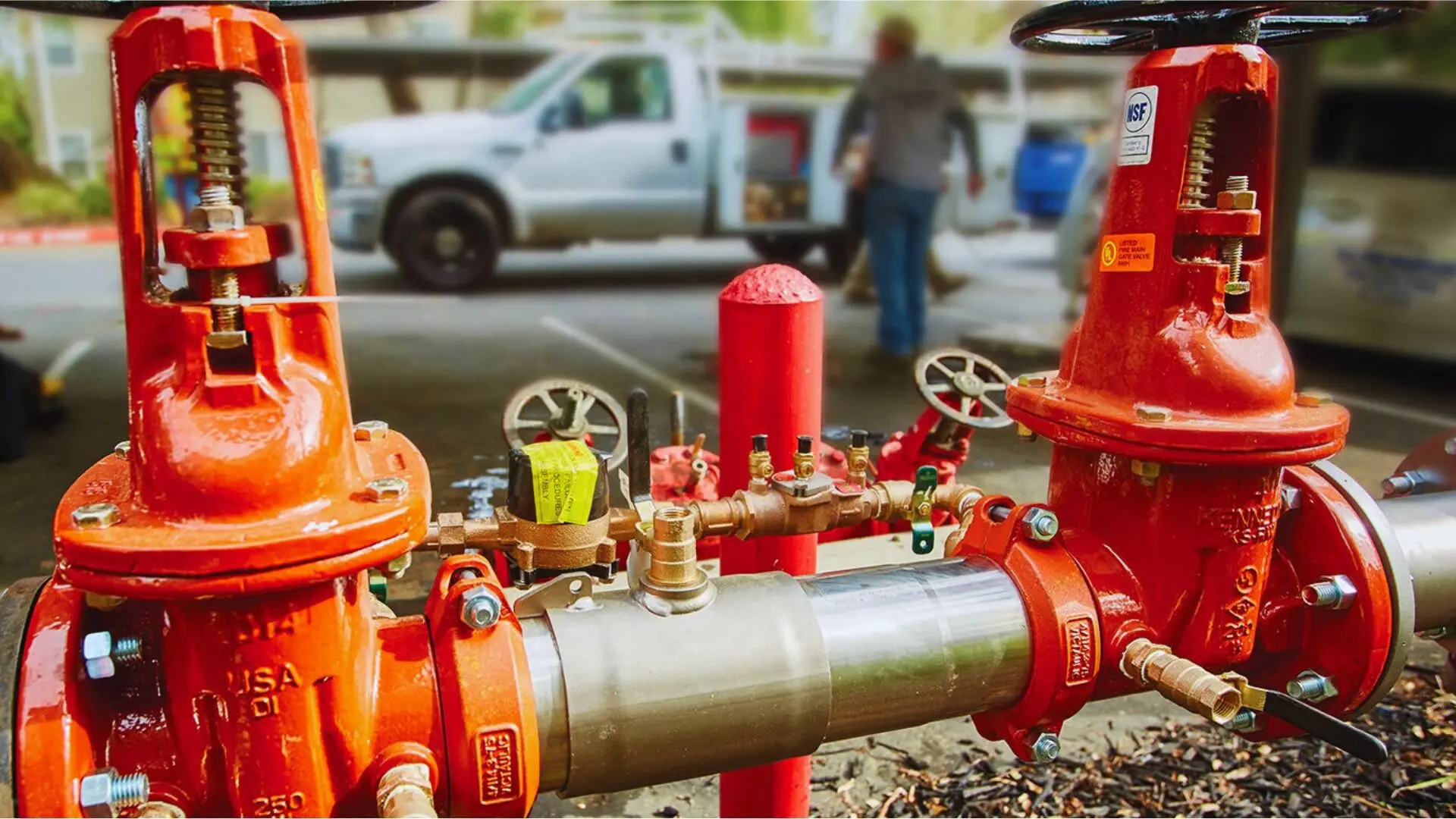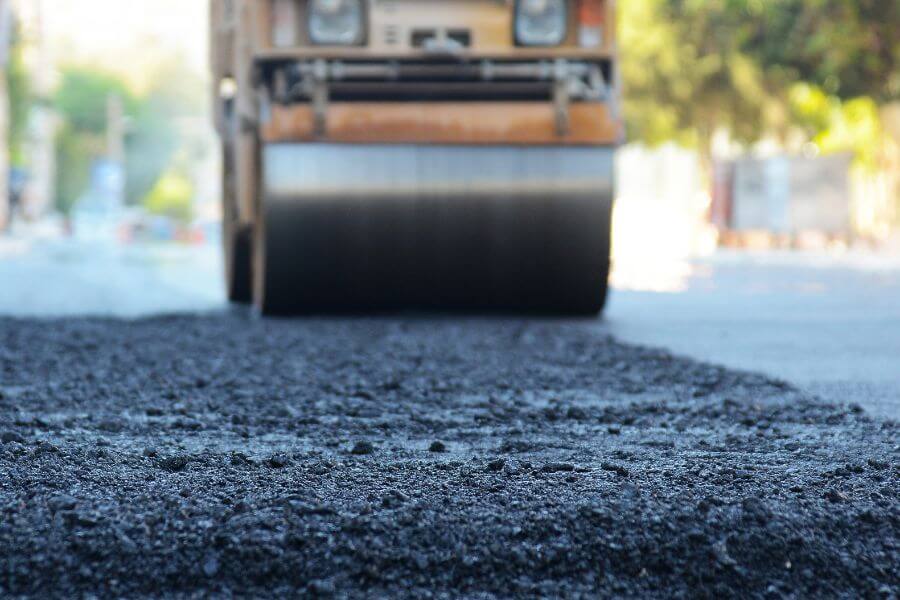
Backflow prevention is another significant area of concern when controlling the plumbing system. The primary work of backflow preventers is to accurately guide the water flow, preventing potable water from being contaminated by non-potable ones. However, during backflow testing, some of the following common issues are prevalent, hampering the working of these devices. These are some of the issues that professionals involved in the maintenance and repair of backflow preventers should be aware of since it enables them to guarantee the effectiveness of these systems in preventing backflow and, consequently, protecting public health.
Leaking or Dripping Devices
The typical condition during backflow testing near me includes slow dripping from the backflow prevention device. This can result from regular usage, normal deterioration of internal parts, or improper installation. They cause wastage of water and low water pressure in the plumbing system and, if left for some time, will develop to other levels like damage and contamination.
Valve Failure
Another relatively common issue is the valve sticking or leaking, affecting one or more backflow preventers. The valves’ seal, cracks, or positioning may be poor, such that they cannot open or close as required, defeating backflow prevention. There may be an accumulation of debris, corrosion, or mechanical wearing away of the material. This is a common problem, especially when these valves are frequently used, but routine maintenance and valve cleaning can reduce the problem or, in some cases, require valve replacement.
Pressure Imbalance
This depends on an equilibrium of pressure from one segment of the plumbing system to the next, as used in backflow preventers. Thus, if the pressure range changes dramatically, such an appliance will not operate efficiently. A pressure imbalance can be due to other factors. These include a change in water demand, faulty pumps, or even problems with the city water supply. Pressure imbalance is a major cause of malfunctioning backflow preventers; hence, it is necessary to know the root cause and rectify it.
Incorrect Installation
One of the biggest vices that an installer can afford backflow preventer is improper installation. This includes misalignment, application of wrong terminations, or application of wrong interface. Screw-related errors may reduce the device’s functionality and sometimes result in a warranty loss. Other problems could be averted by verifying that these devices are fitted by accredited personnel.
Corrosion and Wear
These preventers are used directly via water and other aspects of the environment, and as such, they are prone to corrosion and general tear and wear. Corruption can eventually cause failure by degrading the structural components of the device. Maintenance such as inspections and properly selecting materials to fabricate backflow preventers can go a long way to increasing their shelf life.
Tampering or Unauthorized Modification
Backflow preventers can also be removed/altered by other people, either intentionally or inadvertently. Some of these actions can cause device malfunctions, thus leading to backflow occurrences. Only specific, certified staff should be allowed to operate or service such devices to avoid contamination by incompetent performers.
Final Thoughts
It is crucial to eliminate common issues concurrently revealed during backflow testing to prevent the contamination of water supplies. Problems like leaking devices, non-functioning valves, differences in pressure, buildup of debris, improper installation, corrosion and modification of the backflow preventers are also factors that affect the practicality of backflow preventers. These are some challenges that, if not addressed, can be common when using aluminum windows and doors, and preventive measures include constant maintenance, proper installation, and following standard procedures.

:max_bytes(150000):strip_icc()/house-cleaning-schedule-for-every-day-3129149-06-b23eacd9ef3a41fc833c68e095b34c72.jpg)



More Stories
Title: Why a Cleaning Planner Can Completely Transform Your Home Routine
Expert Guide to Fence Repair in Lakeland, FL
How to Get the Best Outdoor Sauna: A Complete Buyer’s Guide